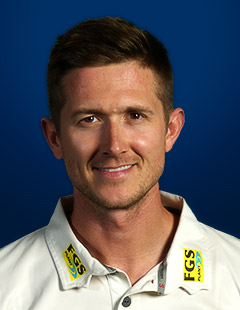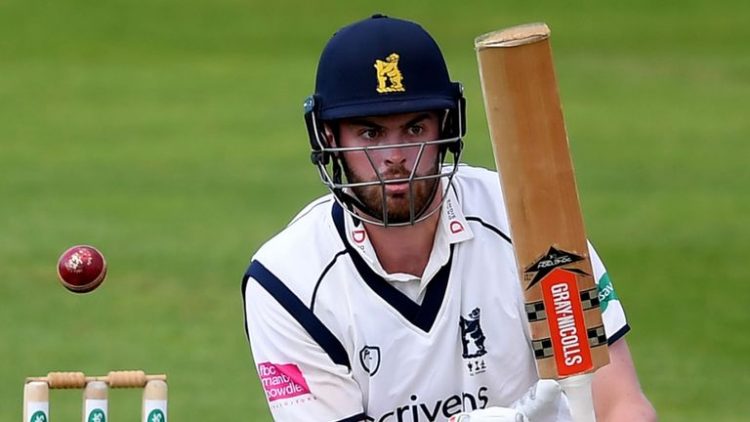A lot of negative takes have surrounded the West Indies’ team’s batting ahead of its three-match test series against England next month.
However, England’s batting too may be a cause for concern for the hosts when the two sides clash in the first test which begins July 8.
Things could get dicey for England due to a mixture of inexperience, the unavailability of their leading batsman – Joe Root, and lack of recent form by some of their senior players. The foregoing may hand Kemar Roach et al just the kind of opening West Indies need to make the series a competitive and exciting one or even go on to clinch a first series win on English soil in over three decades.

The other variable which affects batsmen on either side is the reality that players would have been out of competitive action for a long time because of the ongoing COVID-19 pandemic. But more on the contention of England’s less than reassured batting, the ECB recently released their 30-man squad which hinted at the direction they are likely to go.
The imposing figure of Rory Burns, who injured his ankle during the December 2019 tour of South Africa, is set to return to England’s top order. Burns isn’t the most elegant but he possesses a stubborn presence at the top of the order but hasn’t been involved in competitive cricket action for almost seven months.

His return in English conditions may be a tricky one especially if the West Indian seam-attach can put him under early pressure. Nonetheless, 15 test matches into his career he has already scored centuries against Australia, New Zealand and half centuries against West Indies, Sri Lanka, and South Africa.
The 24-year-old Don Sibley from the looks of it seems penciled in to join Burns at the top of the order. Sibley made his debut against New Zealand in 2019 and has since played six test matches. He doesn’t fit the mold of a dashing modern-day opener. He is quite the opposite, similar to his West Indian counterpart Kraigg Braithwaite in that he is a player who likes to bat time. He averages 40 with a century to his name against South Africa but his inexperience and a few noticeable vulnerabilities, particularly outside the off stick can be exploited.
The first drop position will either go to Zack Crawley, the 22-year-old who is touted as England’s future or journeyman Joe Denly. Crawley, after four test matches, appears to be a shot-maker while Denly at 34, will be hoping to wear his 15th cap for England when the first test gets underway. Either way, neither of them should pose too much of a threat to the West Indies.
Skipper Root and his deputy Ben Stokes, as anyone would imagine, would present the most concern for Jason Holder but if the visitors are able to make early inroads by dislodging Burns, Sibley and Crawley, cheaply then early pressure can be applied to the world-class duo in Root and Stokes and the man likely to bat at six, Ollie Pope. This 22-year-old right-hander is another one of England’s exciting young talents. Though he hasn’t had much time at the international level, he’s shown an appetite for runs, and after seven test matches, averages nearly fifty following his maiden century and two half-centuries during England’s most recent tour of South Africa.
Meanwhile, the number seven and wicket-keeping spot will be a bone of contention for England with the incumbent Jos Butler under tremendous pressure to retain his spot due to his poor test returns. Jonny Bairstow and England’s most tidy gloveman Ben Foakes are the ones in Butler’s rearview. Bairstow, nonetheless, could feature more prominently in the series solely as a batsman in the absence of Root who is likely to miss one or two matches because of the birth of his second child. Either way, England’s batting isn’t as foolproof as in times gone by and the West Indian bowlers will be given a few opportunities.
(Sports Editor’s note: Royston Alkins is a former national U19 cricketer.)










